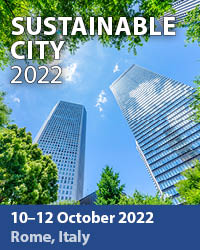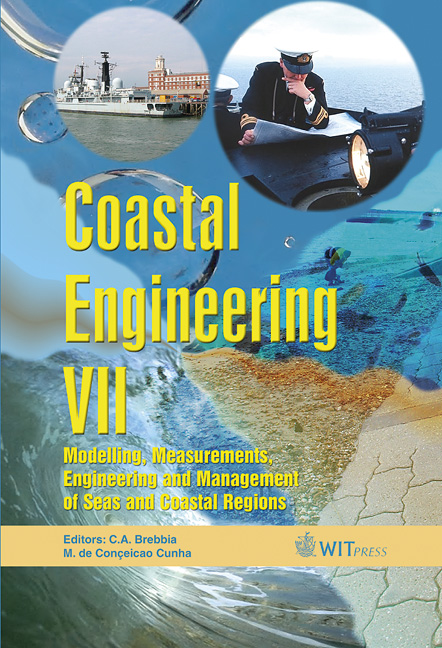Spectral Analysis Of Water Surface Elevations Near Submerged Breakwaters
Price
Free (open access)
Transaction
Volume
78
Pages
10
Published
2005
Size
344 kb
Paper DOI
10.2495/CE050241
Copyright
WIT Press
Author(s)
F. Taveira-Pinto & A. C. Neves
Abstract
Submerged breakwaters are one solution to prevent coastal erosion problems, achieving a greater protection to the coastline, decreasing the risk of erosion and helping sand accretion. Due to their lower crest height, they do not eliminate landward transport and can be successfully used in some cases. Their efficiency depends on the relation between the incident wave height and the correspondent reflected and transmitted one. Understanding of wave energy transmission is also an important aspect in the design of these structures. Several studies were conducted in order to understand with more accuracy the behaviour of submerged breakwaters and this article intends to analyse the performance of these structures when submitted to the action of incident irregular waves, in respect of the transmission of the wave energy. The wave transmission can be analysed through the incident and the transmitted significant wave heights calculated through the measured free surface elevation. However, focussing the analysis on the shape of the registered wave spectra, it is also possible to verify some other characteristics related to the transfer of energy between wave frequencies. 1 Introduction Submerged breakwaters are becoming a popular solution to prevent coastal erosion as, from the sustainability, the environmental and the aesthetical points of view (one of the major engineering priorities at the moment) they do not have so many disadvantages as the called \“hard structures” like groins, detached breakwaters, revetments, seawalls, etc. These structures are designed to attenuate
Keywords





